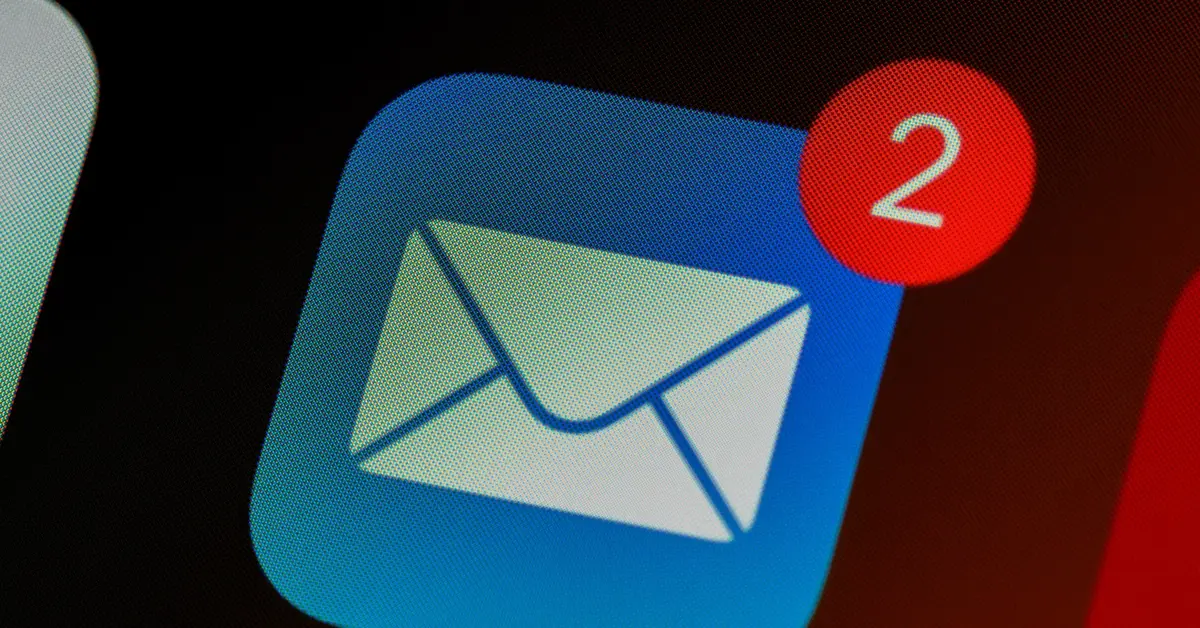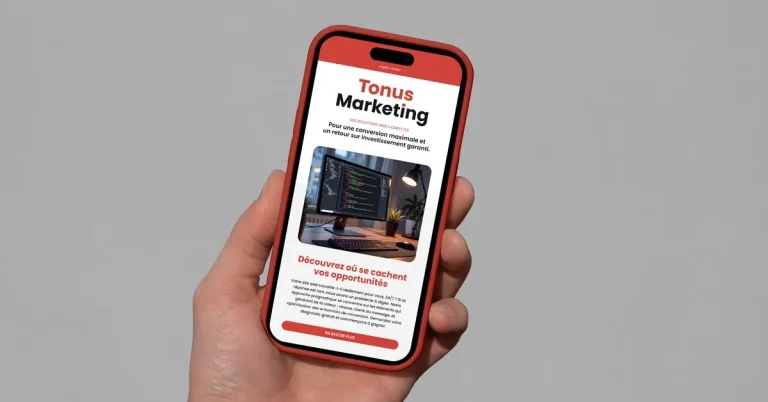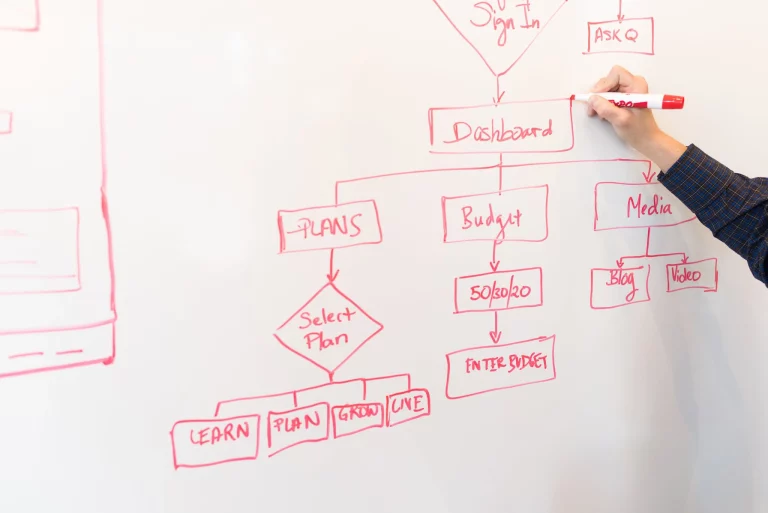Email Campaigns That Convert: 4 Pitfalls to Avoid
Creating a high-performing email campaign isn’t just about sending messages to your list. A successful strategy requires avoiding common mistakes that harm engagement, conversions, and your brand’s reputation. Poor targeting, lack of personalization, or sending emails too often can quickly turn a high-converting campaign into one that drives unsubscribes—or worse, lands in spam.
This guide breaks down the major pitfalls to watch out for in email marketing and provides actionable strategies to optimize email frequency, balance promotional content with added value, and boost your marketing ROI. By following best practices, leveraging email automation, and utilizing AI tools, you can build subscriber loyalty, target the right audience, and create campaigns that truly convert.
1. How Do You Avoid Sending Emails Too Often—or Too Rarely?

Email frequency is a critical factor in any email marketing strategy. How do you strike the right balance? The answer lies in understanding your subscribers’ expectations and using modern marketing tools.
Send emails too often increases the risk of spam complaints and mass unsubscribes. Overwhelmed subscribers stop engaging, and your reputation takes a hit. On the other hand, send emails too rarely makes your subscribers forget your brand, leading to low open rates and reduced email marketing ROI.
AI tip : AI-powered marketing tools, such as email automation platforms, can analyze subscriber behavior (open rates, clicks, purchase history) to pinpoint the optimal email frequency for specific segments. By automating email campaigns, you can personalize the timing to maximize engagement while avoiding spam fatigue.
2. Why Is Segmenting Your Subscriber List Critical?

Segmenting your subscribers is the foundation of modern email marketing. Sending the same generic message to your entire list is a surefire way to harm engagement and reduce conversions. Every subscriber has unique interests, levels of engagement, and expectations.
Segmentation involves dividing your email list based on factors like purchase history, engagement levels, demographics, and interests. This allows you to sendtargeted, personalized messages that drive higher open rates and click-through rates (CTR).
Examples of segmentation strategies:
- By recent activity or purchase frequency.
- By location (for localized offers).
- By engagement behavior (e.g., targeting active subscribers).
AI tip: AI-powered tools make segmentation and personalization simple and effective, boosting your results. These platforms continuously analyze subscriber behavior to create dynamic segments that improve performance. This makes email campaign management easier for both small businesses and large enterprises.
3. How Do You Balance Promotional Content and Added Value?

How do you strike the right balance between promotional or value-driven content? This is one of the biggest challenges in creating high-performing email campaigns. Too much promotional content can overwhelm subscribers, leading to unsubscribes or spam complaints. On the flip side, purely informational content often lacks the commercial impact needed to drive results.
To succeed, mix engaging, value-driven content (tips, guides, case studies, or news) with well-crafted promotional messages. Offer real solutions through your products while providing resources that build loyalty. Always include clear calls to action (CTAs) in your emails—it’s essential for driving conversions and making your campaigns more effective.
AI tip: AI tools can analyze the performance of your campaigns, helping you adjust the balance between value-driven and promotional content. These platforms recommend content types and language that generate the most engagement, ensuring your emails drive conversions, improve ROI, and foster subscriber loyalty.
4. Why Is Tracking Your Metrics Essential?

Without analysis, you can’t optimize high-performing email campaigns or improve your marketing ROI. Modern email platforms provide advanced analytics tools to track and interpret your campaign results.
Key metrics to monitor:
- Open rate : Measures the effectiveness of your subject line and timing.
- Click-through rate (CTR) : Reflects the relevance of your content and the appeal of your CTAs.
- Conversion Rate : Tracks the impact of your emails on sales or sign-ups.
- Churn rate : Highlights issues with content or frequency.
Tracking these metrics helps you identify successful emails, adjust content, and fix common mistakes. It also helps you find the right balance between informational and promotional content.
Advanced marketing tools, especially those enhanced with AI, offer automated reports and recommendations to improve personalization, frequency, and CTAs—ultimately boosting open rates, CTRs, and conversions.
Real-World Example: Optimizing a High-Converting Campaign

Let’s look at a small business example: A Canadian company specializing in marketing software faced stagnant results due to a lack of segmentation and relevant content. They sent newsletters to their entire database indiscriminately and at inconsistent intervals. The result? Low open rates, minimal clicks, and high unsubscribes.
After auditing their email performance, they implemented the following solutions:
- Leveraged an AI-powered email platform to automate segmentation and personalize campaigns for higher conversions.
- Adjusted email frequency based on the engagement of different audience segments using automated tools, improving open rates consistently.
- Balanced informative content (like business tips and tool comparisons) with targeted offers, focusing on writing engaging emails that resonated with subscribers.
- Used advanced analytics to monitor results, optimize email content, and pinpoint what worked best for their audience.
Results: Open rates tripled to 30%, CTR exceeded 5%, conversions doubled, and subscriber loyalty improved significantly. This case demonstrates the power of segmentation, data-driven frequency adjustments, and AI tools in creating email campaigns that convert.
Conclusion
Avoiding email marketing pitfalls means optimizing sending frequency, segmenting your audience for better targeting, balancing promotional content and value, and tracking key metrics. Integrating AI tools and automating campaigns are essential strategies for businesses looking to boost engagement and maximize conversions.
By adopting these best practices and investing in personalization, robust marketing tools, or expert services, you can drive more sales, build subscriber loyalty, and improve ROI—all while ensuring compliance and relevance in your email campaigns.
Looking for a way to simplify, secure, and optimize your manage your newsletter campaigns? With its newsletter management service, customized strategy handles everything: creation, scheduling, advanced segmentation, personalization, automation, and in-depth analysis. Our experts use top email marketing platforms and AI tools to deliver campaigns that convert while staying compliant and effective. Trust us to maximize the impact and ROI of your email communications.






